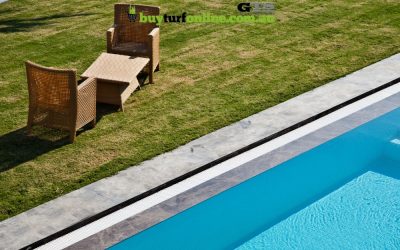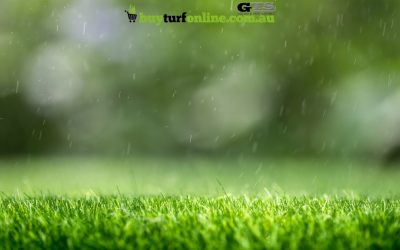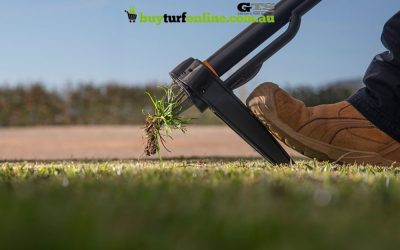The Ultimate Guide To Shade Tolerant Turf In Australia
Quick Links
Shade Tolerant Turf In Australia
Not all grasses are created equal. Numerous types of turf in Australian lawns, including Couch and Kikuyu, flourish in areas with direct sunlight and high traffic.
Most types of turf require at least four hours of direct sunlight.
However, if you have a shaded lawn, it doesn’t mean you can’t grow lush green grass on it.
Many Australians are able to grow healthy grass under the shade, thanks to some varieties of turf that are more versatile.
These turfs can perform well in direct sun and can also survive in low to moderate shade. Ultimately, your choice of turf does matter especially for shaded areas.
Factors to Consider when Choosing Shade-Tolerant Grass
There are several species of turf with high shade tolerance but Buffalo and Zoysia grasses are among the most popular options, particularly in South Australia and Western Australia.
These varieties have distinct attributes that you may or may not like.
However, before picking your shade-tolerant turf, you need to first check these two important factors:
1. Hours of Direct Sunlight
One of the most important factors you need to look at is how much shade your area has throughout the day.
This may differ depending on the time of the year, with some areas receiving more full sun at certain times of the year.

It’s worth mentioning that shade-tolerant grass also needs sunlight.
Different varieties of turf have varying requirements for sunlight, but generally, if your lawn receives direct sun, at least three hours of sunlight is enough.
If your lawn receives indirect sunlight, your turf should be able to absorb sunlight for at least four to six hours daily.
2. FOOT TRAFFIC
Apart from hours of direct sunlight, you should also consider the traffic in the area.
If the type you choose is not resistant to wear and tear, even if your lawn under the shade receives a significant quantity of direct sunlight, you will still not get the desired results.
Shade Tolerant Varieties of Turf Grass
In Australia, most of the shade-tolerant varieties are warm-season grasses. Here are some of your choices:
DNA Certified Sir Walter Buffalo
Buffalo turf varieties are warm-season grasses known for their shade and drought resistance.
If you are looking for the best turf to grow in Australia, choose DNA-Certified Sir Walter Buffalo Grass.
Sir Walter is a type of Buffalo turf that can grow well in shaded areas with as little as three hours of sunlight making it a great choice for areas with partial shades such as under trees or beside tall buildings.
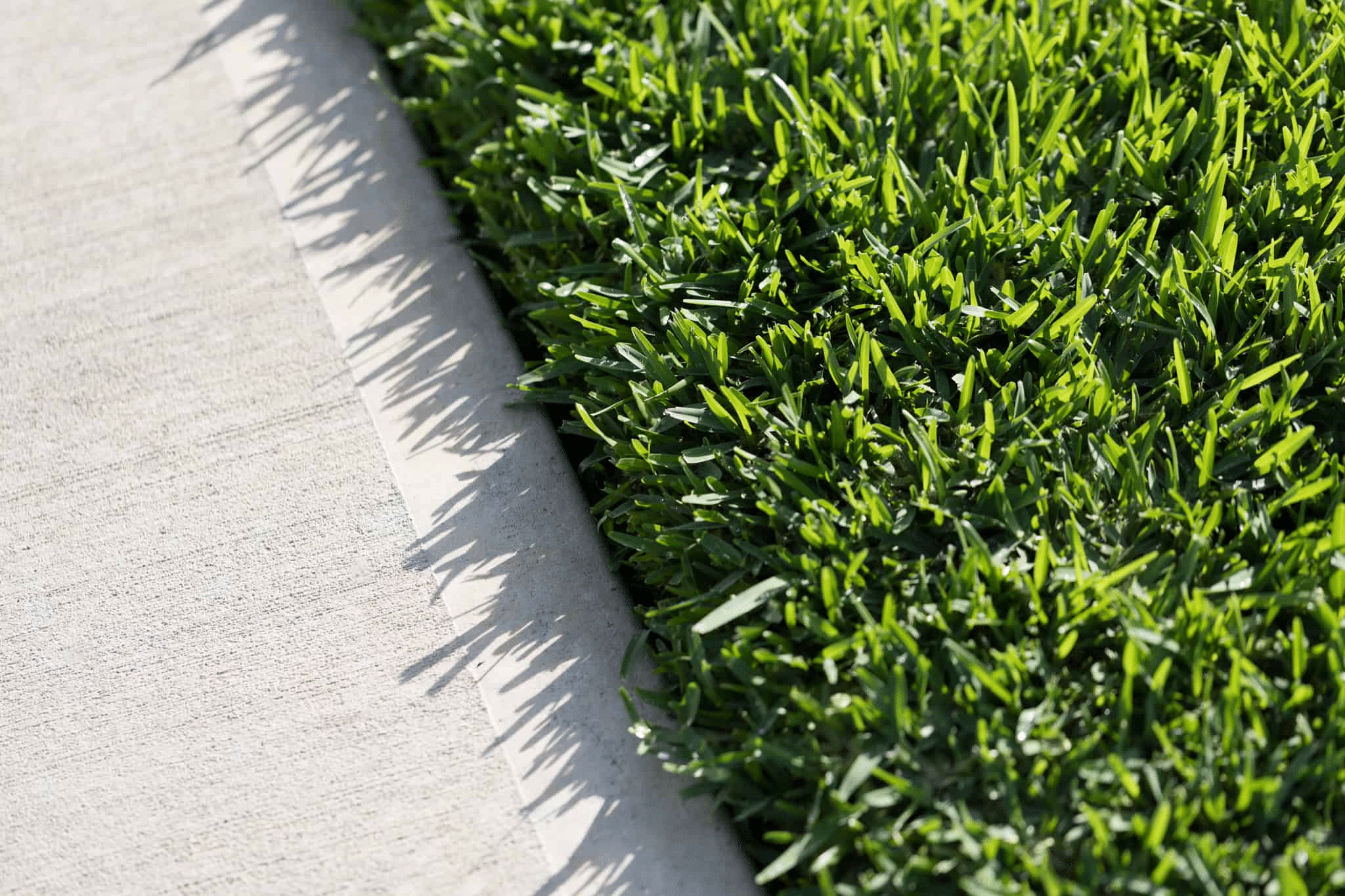
Additionally, Sir Walter Buffalo is also drought tolerant and highly resistant to wear and tear. As a result, it is also a commonly used turf for high-wear areas.
Sir Walter has a soft and comfortable feel, with vibrant winter colour that can quickly spruce up your lawn.
With over 100 million metres sold, Australian homeowners prefer Sir Walter because it keeps its beautiful green colour even with less watering and lawn care.
Sir Grange Zoysia
Sir Grange Zoysia is a shade-tolerant grass that is a relatively new breed known for its ability to easily adapt to a variety of climate changes and harsh weather conditions in Australia.
This soft-leaf deep-green turf is also best suited under shade and trees.
Sir Grange Zoysia is a versatile turf with a soft fine leaf and excellent wear recovery.
Due to its low maintenance requirements, beauty and high tolerance to drought and shade, it’s a leading contender in shaded areas or regions with water restrictions.
Taking Care of Shade Tolerant Lawns
Most drought-resistant grasses grow well in shady areas as well. With less light, turf grass generally grows more slowly than those under the sun.
With this in mind, shade-tolerant turf has unique lawn care requirements than those grasses that receive more hours of sunlight year-round.
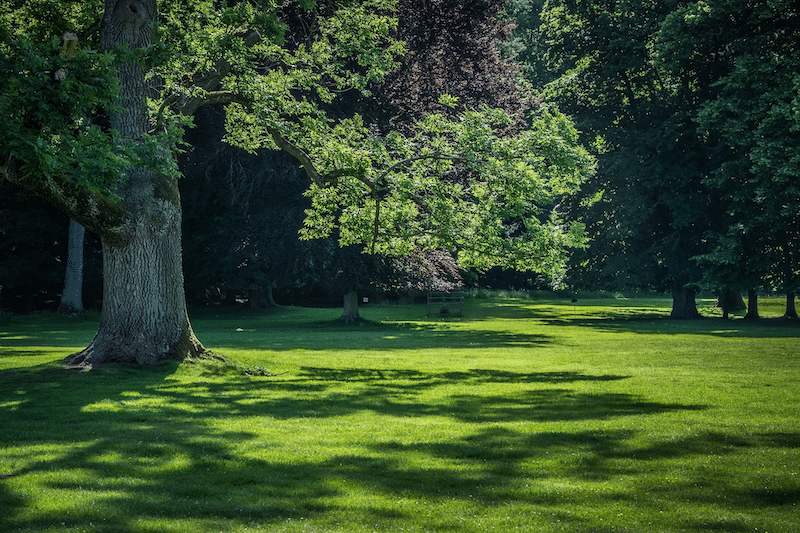
Mowing
Home lawns that receive less sun have slow-growing grass. This means less frequent mowing.
By mowing the grass slightly higher, around 50mm to 60mm, you allow the grass to soak in more sunlight when it does receive direct or indirect light.
Watering
The more shade there is on your lawn, the less water it requires on a regular basis. Water only when needed or when you feel that the soil is drying off.
If you water shaded lawns too much, you will find that the area becomes spongey and more prone to lawn disease.
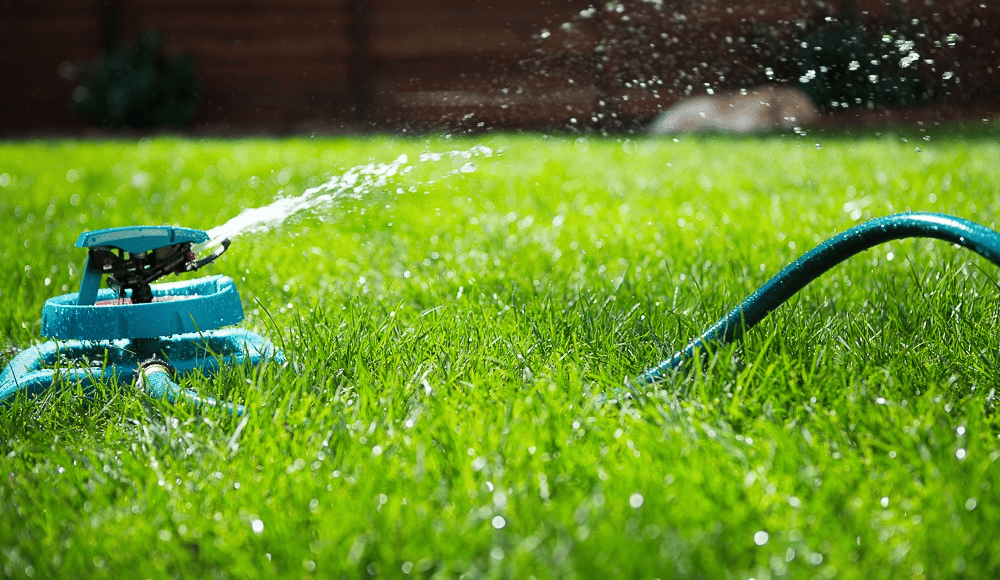
While rainfall will mostly maintain your watering requirements for shaded lawn in spring and autumn, you may have to water more in the summer.
The best time of the day to water your turf is in the morning to avoid losing water because of heat-related evaporation.
Fertilising
Grasses that thrive in a shady yard may require more fertilisation to get extra nutrients to make up for the limited sunlight they get.
Sunlight is necessary for photosynthesis, a natural process that helps plants create more energy.
Less sunlight in your lawn means limited potential for photosynthesis and you need to supplement the plant with fertiliser.
However, it’s important to note that you need the right kind of fertiliser, especially since grasses in shady areas only need half as much nitrogen as grasses in full sun.
Try adding organic matter in early spring to boost plant growth.
Weeding
Weed invasions are a common problem in shaded lawns. Once weeds start to establish amongst the grass, they could easily spread through the rest of your lawn.
Hand-weeding can help manage weeds if they are not yet widespread. However, if you have a greater area to cover, you may also resort to organic or natural weed killer.
Find a suitable weed killer for your situation in our online lawn care shop.
Soil Aeration
Soil aeration reduces compaction allowing water, air and nutrients to reach deeper into the roots. You can use a lawn aerator for this task.
If you have a high-traffic lawn or if you planted grass in clay soil, consider aerating it at least once a year. On the other hand, for sandy soil, you could aerate it once every 2 or 3 years.
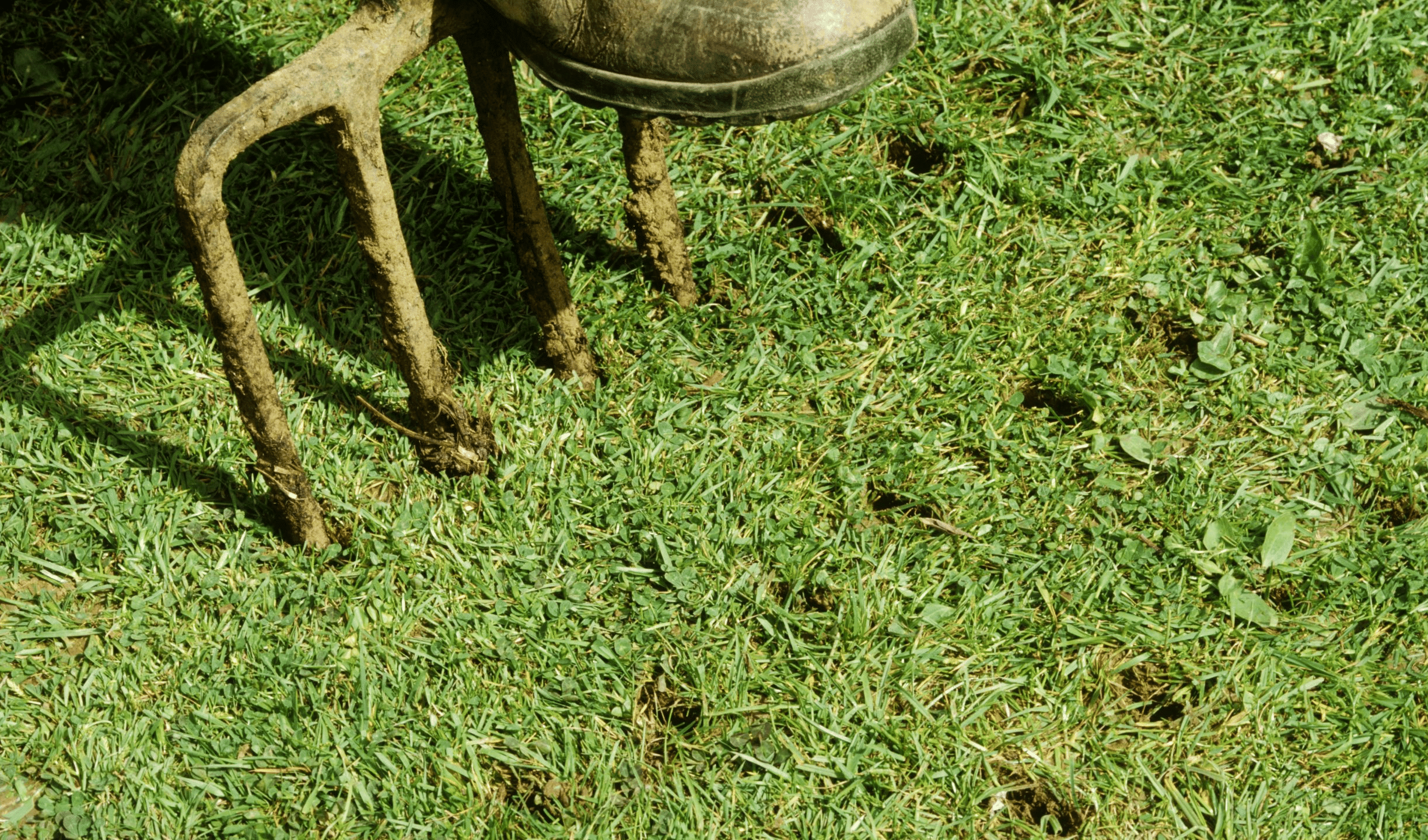
You can grow different species of turf in a shady spot as long as you pick the best lawn turf for your location and ensure proper maintenance.
There are specialised shade-tolerant turfs that can strive in partial shade or dappled sunlight.
If you aren’t sure which variety to choose, it’s a good idea to give your local lawn experts at Buy Turf Online – Contact Us Here.
read more!
recent posts
Poolside Turf: Choosing and Maintaining Grass Around Pools
There’s nothing quite like stepping out of a swimming pool onto soft, lush grass. But when it comes to finding the best grass for around a pool, not all lawns are created equal. Chlorine pools, heavy foot traffic, and the unforgiving Australian sun can take a toll on...
Keeping Your Lawn Green and Healthy During the Summer Heat
Discover the best grass options for your lawn with our complete guide. Make informed choices for a lush, healthy yard. Read more to find your ideal grass!
Summer Lawn Weeds: Prevention and Management
Discover the best grass options for your lawn with our complete guide. Make informed choices for a lush, healthy yard. Read more to find your ideal grass!

Our Turf
TifTuf Bermuda
Buy Turf Online © 2019 All Rights Reserved. | Proudly Designed and Developed by Sydney ICT

